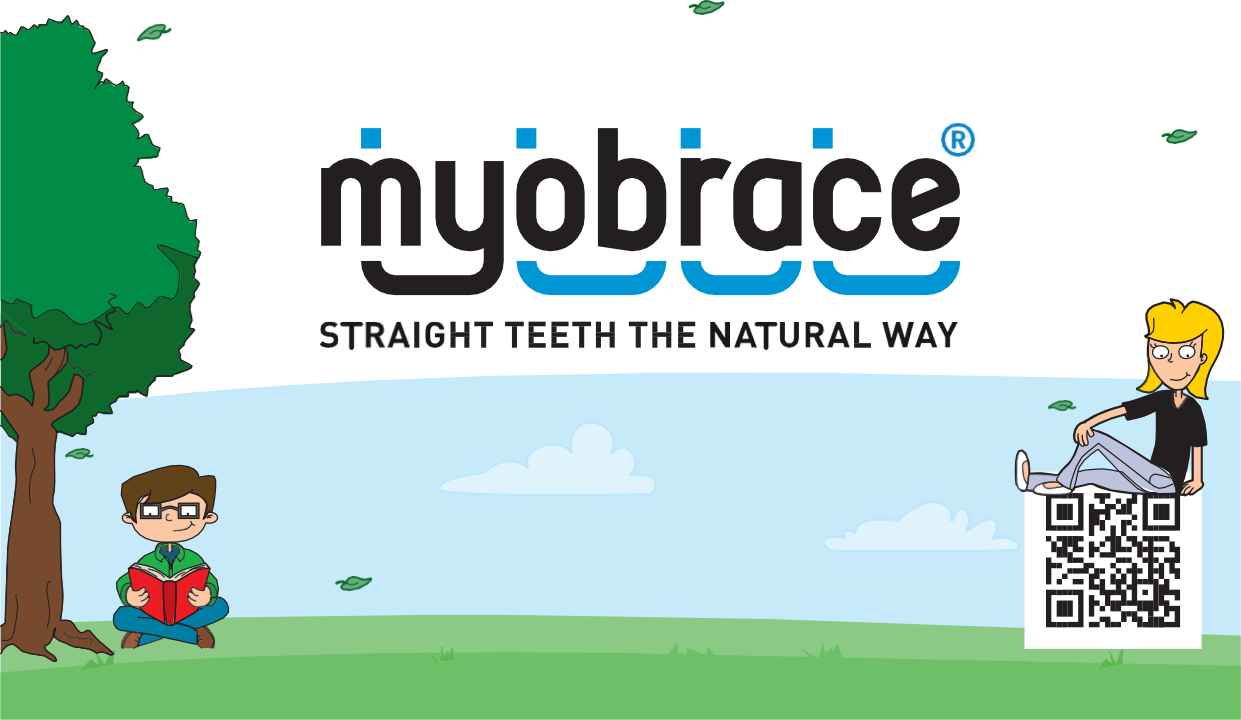
Early treatment is important to consider.
The American Association for Orthodontists recommends that every child has an orthodontic evaluation by the age of 7. Early detection and treatment gives your child the edge: a much better chance for natural and normal development. By working with the natural growth instead of against it, we can prevent problems from becoming worse, and give your child a lifetime of healthy smiles!
Early treatment should be initiated for:
- Habits such as tongue thrusting and thumb sucking.
- A constricted airway due to swollen adenoids or tonsils.
- Mouth breathing or snoring problems.
- A bad bite.
- Bone problems (i.e. narrow or underdeveloped jaws)
- Space maintenance (for missing teeth)
Different philosophies have guided children growth.
Training children to breath and swallow properly will often be sufficient to correct jaw and tooth positions.
If you’re worried about your child’s crooked teeth we have a natural solution for straightening them.
Phase One Orthodontics Conventional Treatment
Functional (Growth) Appliances and/or Limited Braces – Ages 5-12
In the first phase, the doctor is interested in the position and symmetry of the jaws, future growth, spacing of the teeth, breathing and other oral habits which may, over a period of time, result in abnormal dentofacial development.
Treatment initiated in this phase of development is often very successful and some times, though not always, can eliminate the need for future orthodontic treatment.
Phase Two
Braces – Ages 12 to 14
In the second phase, the doctor will be looking at how your child’s teeth and jaws fit, and more specifically work, together. Your child’s teeth will be straightened and their occlusion (bite) is properly aligned. Attention will be given to the jaw joint, (TMJ), the facial profile and periodontal (gum) tissues. By undergoing the first phase, we can usually reduce the amount of time needed for braces.
Facts: Early Treatment Is Important to Consider!
Facial Development – Seventy-five percent of 12-year-olds need orthodontic treatment. Yet 90% of a child’s face has already developed! By guiding facial development earlier, through the use of functional appliances, 80% of the treatment can be corrected before the adult teeth are present!
Cooperation – Younger children between the ages of 8 and 11 are often much more cooperative than children of ages 12 to 14.
Shorter Treatment Time – Another advantage of early Phase One treatment is that children will need to wear fixed braces on their adult teeth for less time.
To Correct Underdeveloped or Overdeveloped Jaws – Almost 55% of children who need orthodontic treatment due to a bad bite have underdeveloped or overdeveloped upper or lower jaws. Functional appliances and/or limited braces can reposition the jaws, improving the child’s profile and correcting the bite problem – within 7 to 9 months!
Straight Teeth Without Braces
(for children aged 5 to 15)

A vast majority of today’s children have crooked teeth, but what if you could train your child to have a straighter smile, prevent crowded teeth, improve their jaw development, breathing and even sleep? Modern research has shown that crooked teeth are not genetic, rather a result of bad oral habits such as mouth breathing as well as incorrect tongue and swallowing habits, which begin in early childhood and prevent proper jaw development.
Myobrace® treatment works by addressing the underlying causes affecting the dental and facial development by teaching children to correct their bad oral habits. Treatment involves wearing a series of removable appliances that are worn for 1-2 hours each day and overnight while sleeping. Daily use of the appliance is combined with a selection of breathing and mouth exercises known as the Myobrace® Activities, which assist in stretching and strengthening the tongue, lips and cheek muscles. By starting early and allowing the jaws to grow as nature intended, the teeth are able to come in straight well before braces would typically be required.
To mark National Orthodontic Health Month in the USA, TV show The Balancing Act® airing on Lifetime® Television broadcasted a nationwide story for parents to learn more about this modern preventative pre-orthodontic approach. The TV segment (now available at myobrace.com) shows how pre-orthodontic treatment is performed at USA’s newest Myobrace Pre-Orthodontic Center® in Clifton, New Jersey, and is a real eye-opener for parents concerned about their child’s dental and facial development.
Myobrace® treatment offers a more natural way to achieving straighter teeth, often avoiding the need for braces. As seen on The Balancing Act on Lifetime® Television.
In the last few decades, dental practitioners have seen a rapid increase in crooked teeth and improper jaw development. The most common early sign to look for in your child is an open mouth posture, where during rest or sleep the child will have their lips apart.
You might notice this while they are watching TV or on their mobile device. Restless sleep and snoring at night are also symptoms to watch out for. They can not only lead to developmental issues, but are also associated with sleep-related disorders, which can result in behavioral problems and learning difficulties in children.
Now used in over 100 countries worldwide, Myobrace® treatment takes a proactive and modern preventative orthodontic approach and can offer long-term results. Traditional orthodontics is excellent at straightening teeth but once the braces come off, a retainer is usually required for the teeth to stay straight. By addressing the root of the problem, Myobrace® offers lasting health benefits beyond just a straighter smile.
If you are interested in finding out more, the first step will be to evaluate your child, looking closely at poor oral habits as well as dental and facial development. Once the child has been assessed, a plan is developed and treatment can begin. If your child is showing symptoms like breathing with their mouth open or perhaps they are having restless sleep, Myobrace® might just be the natural solution you’ve been looking for.



